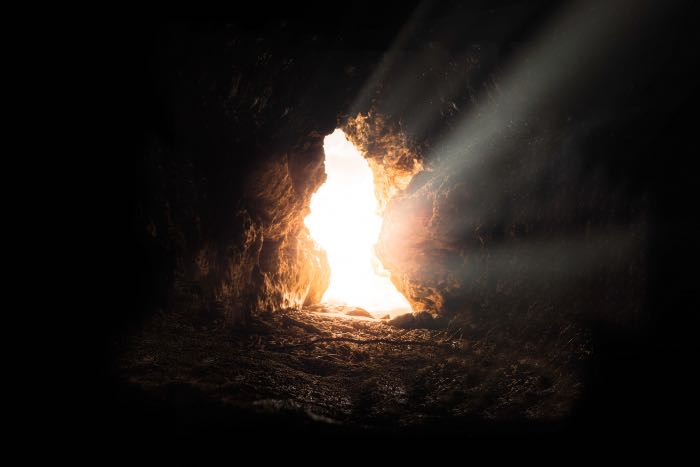
Through Lent in Year A, we’re treated to several complete stories from the Gospel of John. We are introduced to Nicodemus, the woman at the well, and the man blind from birth. Now we get the story of…well, what do we call it?
I guess we might call it the death and resurrection of Lazarus. Not that our Bibles will. That’s a little…too close to something we might not want to actually wrestle with.
Of course, the comparison is inescapable. Lazarus dies and it is God in Christ who brings him back. Minutes from Jerusalem. Days before God will do the same with Jesus.
The parallel is essential to the story.
Of course, there is much else to the story, too. Mary and Martha play a far bigger role in the narrative than Lazarus. At least in that they have significant speaking parts.
Three themes develop:
- Disappointment – the sisters anticipate Jesus would save Lazarus. Even when we discover it is impossible. They want Jesus to show effort anyway.
- Unbinding – Jesus tells them to unbind Lazarus from the burial—stop binding the living to death. Which is a deeply resonating metaphor about the way we bind the living as if they were dead.
- The Witness to God’s Glory – Jesus has told them that these acts aren’t about us. They are experiencing them as witnesses. And they gain the opportunity to participate in a preview of what will happen through the Passion.
Making things interesting
Recent scholarship has uncovered what appears to be ancient scribal activity in the oldest and most authoritative manuscripts of John which appear to indicate that scribes drastically changed a key element of this whole story.
This is all still quite controversial, but the bevy of evidence suggests that the original author wrote about only one sisterof Lazarus: Mary. No Martha at all. Just Mary.
The impact of this is tremendous, as Elisabeth Schrader Polczer has articulated most recently in an interview with Diana Butler Bass.
This would open up the dramatic narrative potential of the events immediately before, during, and after the Passion of Jesus. If this Mary is Mary Magdalene, witnessing the death and resurrection of Lazarus, who later anoints Jesus for burial, is present at his crucifixion, and sees the risen Christ at the empty tomb, we are given a profound arc that paints Mary’s witness as the vision of a true discipleship journey.
And, as Schrader mentions throughout the interview, every aspect sounds a lot like John. Perhaps, more like John than what tradition passes down.
